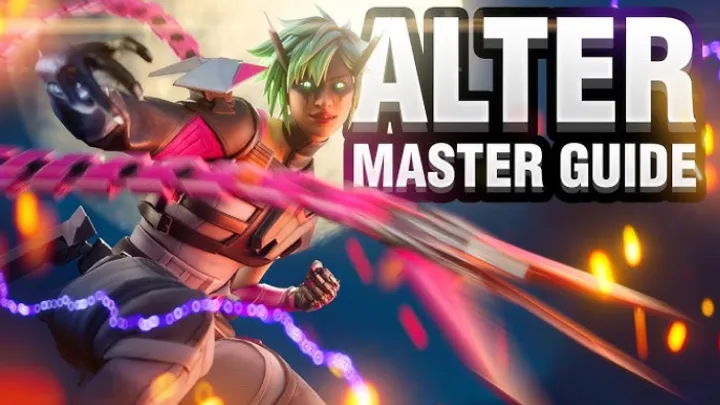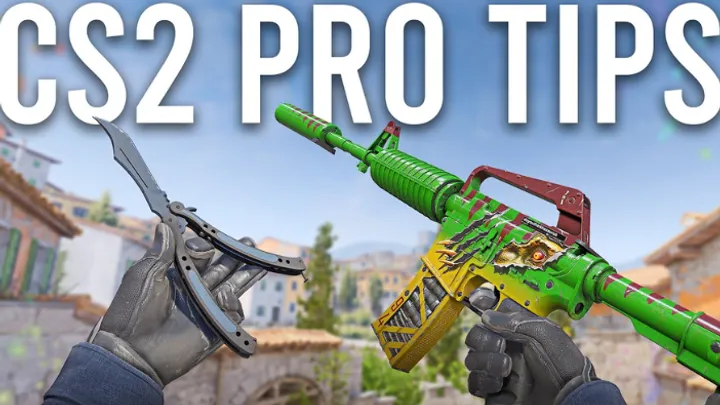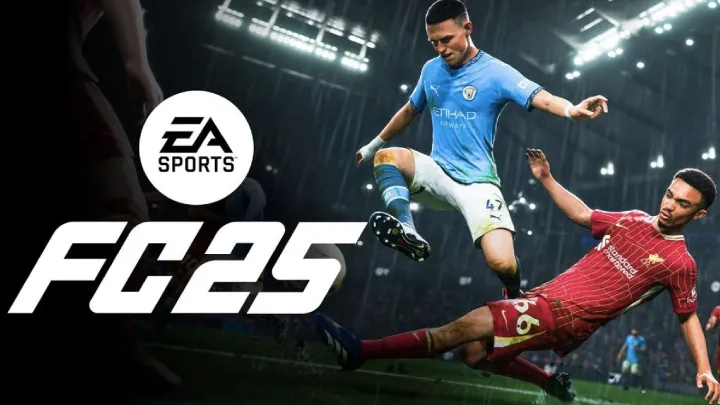Blood Strike is one of the rising free-to-play battle royale shooters that has rapidly attracted a global player base. Its fast-paced action, diverse weapons, and hero-style operators make it appealing for fans who want something between Call of Duty and Apex Legends. Yet with its popularity has come a recurring issue that defines player experience: weapon balancing. No matter how polished the maps or how thrilling the matches, if weapons feel unfairly tuned, the integrity of competition is compromised. In this article, we explore the issue of weapon balancing in Blood Strike, breaking it down across time and meaning to examine how it shapes gameplay, the community, and the future of the title.
The Roots of Weapon Imbalance in Blood Strike
Blood Strike’s arsenal is expansive, offering everything from assault rifles to shotguns and snipers. The intention was to give players freedom to craft unique playstyles. However, early builds revealed that certain weapons vastly outperformed others, creating an uneven battlefield.
Players quickly discovered that some automatic rifles had unrealistically low recoil while delivering high damage per second. As a result, competitive diversity shrank: everyone gravitated to the same handful of weapons. This issue laid the foundation for a recurring cycle of dominance, nerfs, and overcompensation.
The Rise of Meta Weapons
Every shooter develops a “meta”—the most effective tools available—but in Blood Strike the meta formed rapidly and rigidly. Assault rifles like the XM8 and close-range shotguns became staples. Their performance numbers overshadowed alternatives, forcing players into predictable loadouts.
This phenomenon disrupted both casual and competitive scenes. New players felt forced to copy meta loadouts rather than experiment. Veterans complained that the lack of balance removed the depth of strategic decision-making. The rise of meta weapons narrowed what should have been a wide sandbox.

Community Backlash and Patch Response
As the imbalance became more apparent, the community voiced its frustration. Forums and Discord servers were filled with complaints about “laser rifles” or “one-shot” weapons dominating matches. Influencers and streamers amplified the outcry, putting pressure on developers to respond.
Developers issued several balance patches, attempting to reduce damage or increase recoil on certain guns. While these patches were welcomed, they often came too late, allowing weeks of unfair play. Worse, some patches swung too far, making formerly strong weapons unusable. This pendulum effect deepened distrust between players and developers.
The Sniper Rifle Controversy
One of the most heated debates in Blood Strike surrounds sniper rifles. Sniping is meant to reward accuracy, but certain rifles were tuned to deliver instant kills even with body shots. This turned long-range combat into a frustrating experience for non-snipers.
Attempts to adjust sniper rifles sparked division. Some players argued that weakening snipers removed the skill factor, while others celebrated the change as necessary. The sniper rifle controversy highlighted the delicate balance between rewarding precision and maintaining fairness.
Balancing Close-Range Combat
If long-range weapons stirred controversy, close-range combat created its own set of issues. Shotguns in Blood Strike often veered between overpowered and underwhelming. In early seasons, shotguns delivered near-instant kills at unrealistic ranges. Later nerfs rendered them unreliable, alienating fans who loved close-quarters combat.
The inconsistency in close-range balancing revealed a bigger problem: developers struggled to define the role of shotguns. Were they supposed to dominate enclosed spaces or simply act as situational tools? Without clarity, balancing decisions felt random rather than strategic.
The Role of Hero Abilities in Weapon Balance
Unlike traditional shooters, Blood Strike includes hero-style operators with unique abilities. This adds complexity to balancing since weapons cannot be tuned in isolation. For example, an operator with mobility boosts can abuse powerful SMGs more effectively than a slower character.
Developers face the challenge of balancing weapons not just against each other but within the context of operator abilities. This intersection creates unexpected synergies that break the intended balance. Players often exploit these loopholes until patches eventually intervene
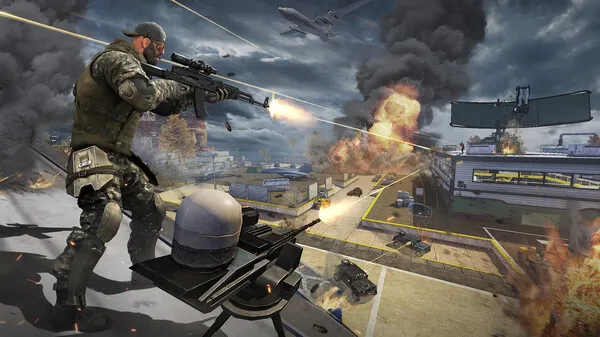
Competitive Scene and Esports Implications
Weapon imbalance also affects the future of Blood Strike as an esport. Competitive shooters rely on fairness and stability. When one or two guns dominate, matches lose their tactical depth. Teams mirror each other’s loadouts, reducing variety and creativity.
Esports organizations remain cautious about fully investing until Blood Strike proves it can maintain balance. Without stability, tournaments risk becoming showcases of broken mechanics rather than displays of skill. Developers must address this if they want Blood Strike to thrive competitively.
Lessons from Other Shooters
Blood Strike is not the first shooter to face weapon balancing woes. Titles like Call of Duty Warzone, Apex Legends, and Valorant have all struggled with similar issues. The difference is how quickly and transparently developers respond.
Successful games adopt continuous monitoring, data-driven adjustments, and test servers where balance changes can be trialed before going live. Blood Strike has yet to implement such systems at the same scale, but the lessons are there to be learned.
Toward a Sustainable Balance Strategy
The future of Blood Strike depends on sustainable balance practices. Developers need to create clearer design philosophies for each weapon class, ensuring roles are consistent across updates. They must also embrace transparency, communicating why certain changes are made and how they fit into the bigger picture.
A potential solution is seasonal balancing where weapons rotate in power slightly to refresh the meta without letting any one option dominate. Community test environments can also bridge the gap between developer intent and player feedback.
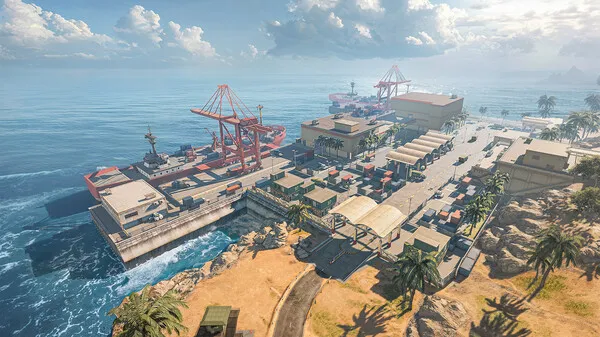
Conclusion: Balancing for Longevity
Weapon balancing is not just a technical challenge—it is the heart of Blood Strike’s player experience. Unfair weapons erode trust, limit creativity, and threaten competitive potential. Yet if managed correctly, balancing can enhance replayability, foster diverse strategies, and elevate Blood Strike into the upper tier of modern shooters.
For Blood Strike to succeed long term, it must embrace the hard work of balancing, listening to its community while crafting a consistent philosophy. The struggle over weapon balance is not just a side issue—it is the defining challenge that will determine whether Blood Strike thrives or fades.








